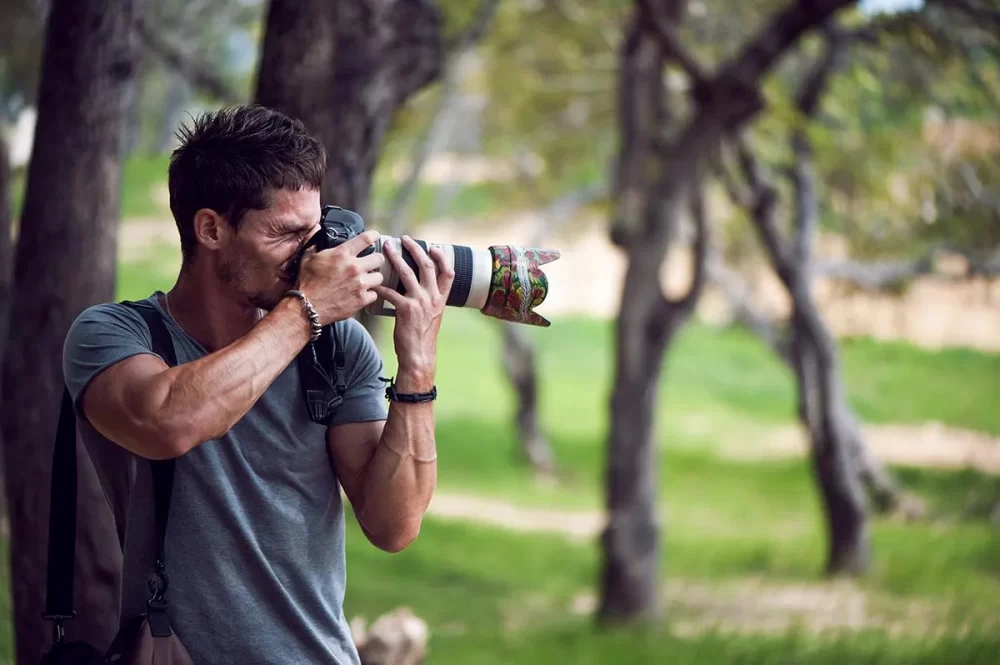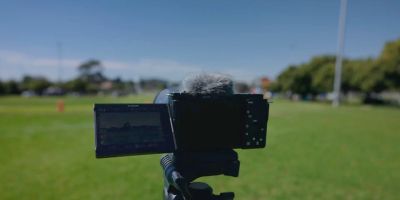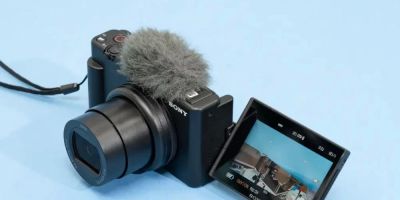
- Essential Camera Bodies for Nature Photography
- Lenses to Capture Nature in All Its Glory
- Supporting Gear for Outdoor Shooting
- Real-World Experience and Practical Tips
1. Essential Camera Bodies for Nature Photography
Choosing the right camera body is the foundation for exceptional nature photography. When shooting outdoors, especially wildlife and landscapes, a camera with high resolution, robust weather sealing, and fast autofocus can make a world of difference. Mirrorless cameras have become increasingly popular among nature photographers because of their compact size and quick responsiveness, but DSLR cameras still hold their ground thanks to their durability and battery life.
For example, many professional photographers recommend full-frame cameras such as the Canon EOS R5 or Nikon Z7 II. These bodies offer impressive dynamic range to capture the subtle variations in light often found in natural settings, from bright skies to deep shadows. Additionally, having good ISO performance allows photographers to shoot in low-light conditions such as dawn or dusk when many animals are most active.
Photo Studio offers a wide range of camera bodies optimized for outdoor use, helping you select the gear best suited to your specific nature photography needs.
2. Lenses to Capture Nature in All Its Glory
The choice of lenses is arguably just as important as the camera body itself. Nature photography demands versatility and sharpness across various focal lengths depending on whether you’re shooting vast landscapes or elusive wildlife.
Wide-angle lenses (such as a 16-35mm) are perfect for expansive landscape shots, allowing you to capture sweeping vistas and dramatic skies. For wildlife, telephoto lenses ranging from 100mm to 600mm provide the ability to photograph animals from a safe distance without disturbing them. A lens like a 200-500mm zoom is invaluable in this regard, offering flexibility to frame your subject precisely.
In my personal experience, investing in a prime lens with a wide aperture (like a 300mm f/2.8) can yield stunning images by isolating subjects with beautiful background blur—critical for wildlife portraits. Additionally, macro lenses open up an entirely new world, revealing the intricate details of flora and tiny creatures.
Visit Photo Studio to explore the best lens options tailored to your style of nature photography.
3. Supporting Gear for Outdoor Shooting
Beyond camera bodies and lenses, a range of supporting gear is crucial for successful nature photography outings. A sturdy tripod is essential for sharp images during long exposures, especially when capturing waterfalls, star trails, or low-light scenes. Look for tripods that are lightweight yet stable enough to withstand wind and uneven terrain.
Filters are another indispensable tool. Polarizing filters reduce glare on water and foliage, enhancing colors naturally. Neutral density (ND) filters help achieve longer shutter speeds to create smooth motion effects in waterfalls or rivers. In my experience, carrying a small kit of various filters ensures preparedness for diverse lighting conditions encountered in nature.
Protective gear such as rain covers for cameras and backpacks will safeguard your investment from unpredictable weather. Comfortable, weather-resistant bags designed for photographers help organize your equipment and keep it accessible.
Photo Studio provides a curated selection of tripods, filters, and protective accessories that complement your nature photography setup perfectly.
4. Real-World Experience and Practical Tips
Let me share a quick story that highlights the importance of good gear and preparation. During a trip to Yellowstone National Park, a fellow photographer and I were trying to capture the iconic bison in the golden light of early morning. Without a telephoto lens, the only way to get close was to risk disturbing the animals, which is unsafe and unethical.
Thanks to my 200-500mm lens, I could comfortably stay at a respectful distance and still fill the frame with the powerful animal against the glowing landscape. The image’s detail and clarity were remarkable, and the entire experience felt safer and more rewarding.
Another tip is to always be patient and ready. Nature photography often requires waiting for the perfect moment—whether it’s a bird landing on a branch or the sun breaking through clouds. Having reliable gear that performs well in varying conditions gives you the confidence to focus on creativity rather than technical difficulties.
For those seeking expert advice and equipment recommendations, Photo Studio is an excellent resource. Their knowledgeable team can guide you toward the gear that best suits your outdoor photography adventures.





